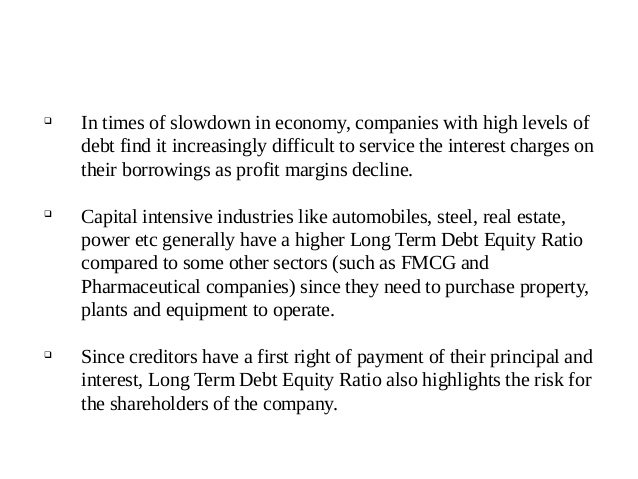Content
Now that you’ve identified the transaction type and the accounts it affects, you’re ready to make your journal entry. Sorting transactions https://online-accounting.net/ by type — expenses, bank deposits, quarterly taxes — will put you on the right path to recording these transactions correctly.
The evidence of this transaction is machinery purchase and cash memo for purchase. This event is not a transaction, because it does not contain the amount of money. An event must be measurable in terms of money to be a transaction. The event which is not measurable in terms of money is not a transaction. Strategic thinking business minded Outside General Counsel here to help you with your company. I have been able to help guide business owners from startup through series A, B, & C funding and ultimately IPO’s. Regardless of your plans I am here to help you succeed as you grow your business.
Profit vs income vs expense
Receipts – These are written acknowledgments that confirm one party has received a defined amount of goods or money. The results or effects of those transactions which are not visible are called What are the types of transaction in accounting? invisible transactions. The results or effects of those transactions which are visible are called visible transactions. Again sale of goods worth $200 on credit is also a transaction.
That value is then transferred as the opening entry for the next accounting period. In that case, it is the accounting period for that account, which is closed.
Non-business/Non-trading transaction
As you can see, one business event can often trigger several financial transactions. It is a vital and necessary part of the accounting cycle to recognize and record each individual transaction. Learn the financial transaction definition and see how financial transactions are completed. Explore examples of the different types of financial transactions. On the basis of a system of keeping accounts events are treated as transactions. Some events are treated as transactions on a cash basis and some are on an accrual basis.

Together they present a balanced, accurate and objective statement of the company’s financial standing. As MyToys makes payments over time on this purchase, the Cash Account will show a corresponding credit and the Accounts Payable a corresponding debit as less money is owed by the company. Signing of business contracts, on the other hand, don’t change theaccounting equation, so they are not usually recorded as a transaction. These usually come in the form of bank loans, mortgages, accounts payable owed to suppliers, employee wages, and taxes. For example, bank loans are usually acquired to purchase assets that can, later on, help the business to grow.
Transaction Proof Document
In its simplest form, profit is what is left over after the expenses have been deducted from the income. A company’s profit is usually a good indicator of its financial performance. Apart from the components of the accounting equation, there are three terms that you will usually encounter during transactions. A financial institution may allow its customers to deposit cheques into their account by mail. Mail banking can be used by customers of virtual banks and by customers who live too far from a branch.
A sales transaction between a buyer and a seller is relatively straightforward. When they agree on the terms, money is exchanged for the good or service and the transaction is complete. When the payment or receipt of cash is not made immediately at the time of the transaction, and is instead postponed until a future date, the transaction is said to be a credit transaction. To record the sale in your books, debit the cash account $100 and credit the sales account for the same amount. To record the deposit in your books, debit the cash account $1,000 and credit the owner’s equity account the same amount. Remember that a single transaction results in at least two journal entries in double-entry accounting but only one entry in single-entry accounting.
Internal Transactions and External Transactions
Money is being taken from your business and is being sent to an external entity. The majority of accounting transactions have to do with external sources. As such, your books will probably have more external than internal transactions. A transaction signals a financial agreement between two parties where one benefits financially by selling goods and services to another. In simple terms, a transaction is completed when the goods and services change hands for money. But things get a little complicated when it comes to transactions in accounting. Businesses that use the accrual method of accounting record transactions when they are completed.
Contact the merchant and/or your bank to request a reversal if, for whatever reason, you want to cancel the transaction. Business expenses are recorded when the products or services are received. Supplies purchased on credit in April are recorded as expenses for April, even if the business does not make a cash payment on the supplies until May. When accrual accounting is used, a company records income when completing a service or delivering goods.
Accrual Accounting vs. Cash Accounting Transactions
Rather, the entity receiving the goods or services promises to pay at a later date. Often, these transactions come with applicable eligibility requirements. Non-cash transactions are not the same as credit transactions. For example, if a customer purchases an item, but returns it due to a defect, no cash is changing hands. Let’s take a look at all the types of accounting transactions in detail. Reversing entries are made at the beginning of a new accounting period and serve to reverse, or undo, an adjusting entry made at the end of the previous accounting period.
How CFOs Can Make Crypto Less Cryptic – CFO.com
How CFOs Can Make Crypto Less Cryptic.
Posted: Thu, 26 Jan 2023 16:44:19 GMT [source]
